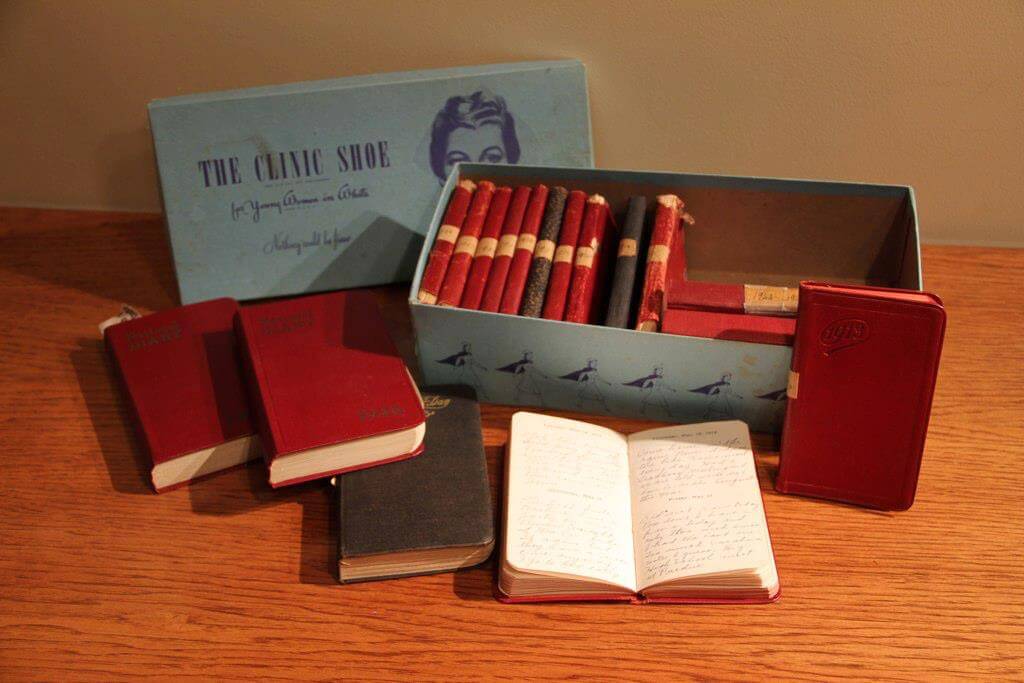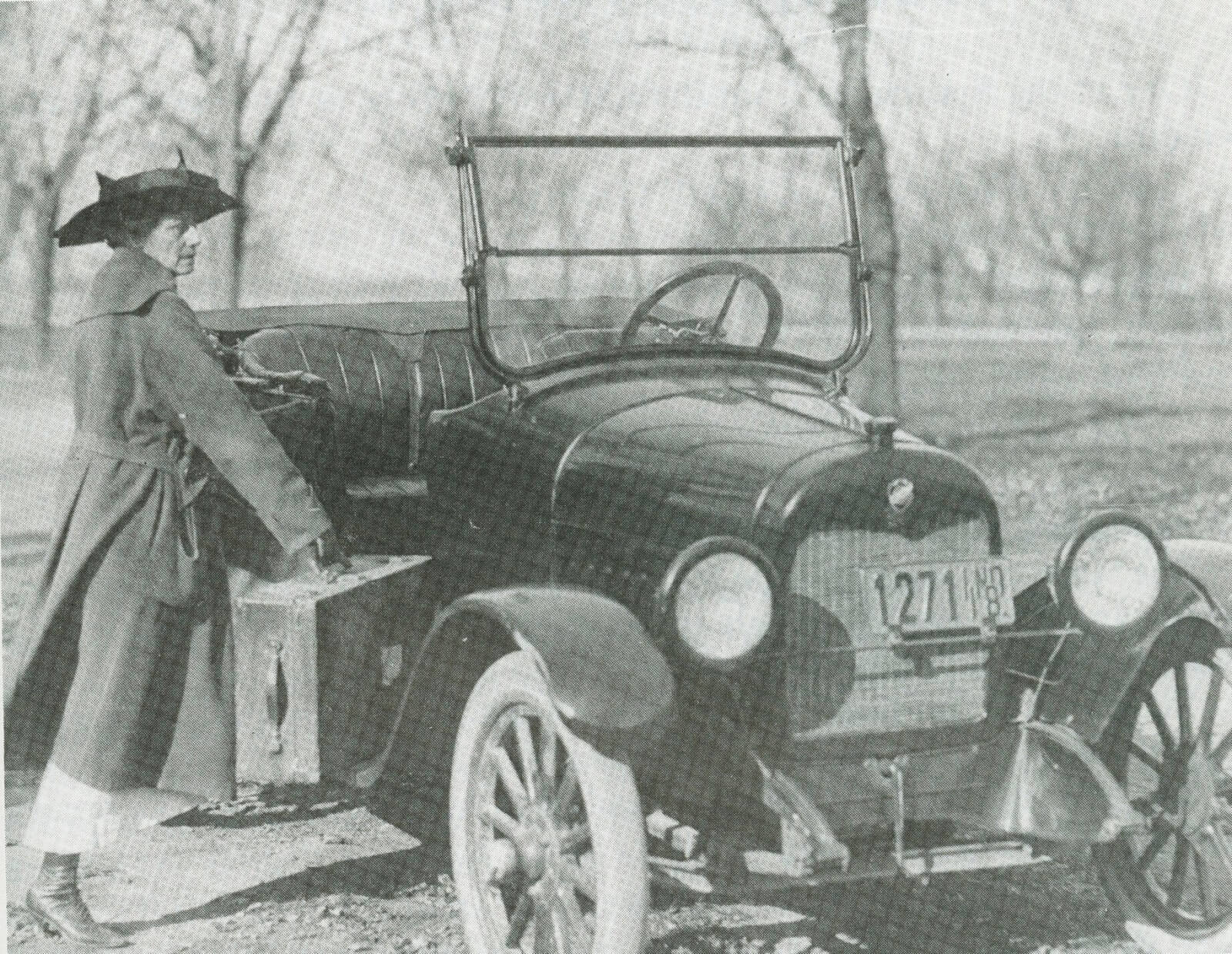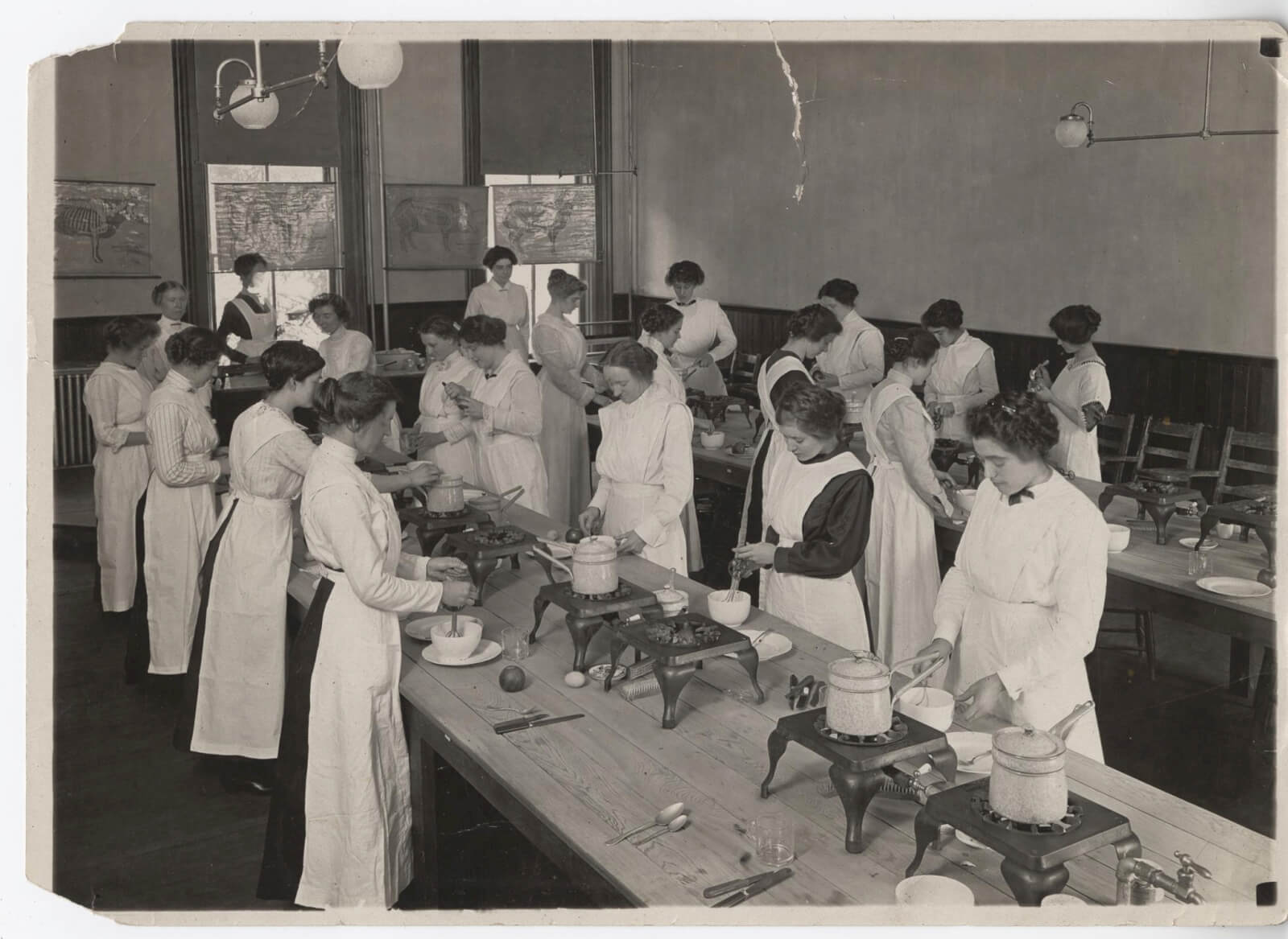Divided Paths, Common Ground
The Story of Mary Matthews and Lella Gaddis
Pioneering Purdue Women
Who Introduced Science into the Home
Divided Paths, Common Ground is a rare occasion. It is a whisper from the past, as we are privy to the day-to-day details of a Hoosier woman who lived during the first part of the twentieth century. Bertha “Kate” Gaddis, a teacher, wrote in her line-a-day diaries for forty years, recording the minutiae of her world, while lifting up, like a bauble to the light, the historic events in America, which painted her backdrop.
Sprinkled throughout Divided Paths, Common Ground are the inner thoughts discovered in the diaries of teacher Kate Gaddis.

Divided Paths, Common Ground invites the reader to pull up a kitchen chair and sit down with Kate and her sister Lella Reed Gaddis, Indiana’s first state leader of home-demonstration agents in Purdue University’s Department of Agricultural Extension, and gather snippets of their lives that swirled amid remarkable happenings in the United States from the 1910s to the 1940s. During a time of startling change, especially for women, Kate’s journals reveal how a small enclave of the country experienced those changes.
Ultimately, this book is about Lella Reed Gaddis and her contemporary, Mary Lockwood Matthews, the first dean of the School of Home Economics at Purdue University. Many layers of a bygone era surround their life stories.
Lella Gaddis brought science into the home as the first state leader of home-demonstration agents. Today, those agents are called “educators.” In 1914, Lella hit the road to take Purdue research and knowledge directly to farm women, who were often isolated. She and the agents she hired traveled the state, instructing rural women about hygiene, safe water, childcare, and more.

Rural women worked from dawn until dusk for their families. Often what they knew of running a household, raising children, and working the farm was handed down by word of mouth from their mothers. Most had no electricity or running water. They knew nothing of nutrition, sanitation, and food preservation. Through home demonstrations, Lella and her staff changed the lives of Indiana women. They also began home-demonstration clubs, or home-economics clubs.
The paths of Mary and Lella were divided literally and figuratively. Mary created her home-economics department on the north side of State Street, the thoroughfare that divides Purdue’s campus. Lella’s home base in agricultural extension was situated on the south side of State Street. The two women had a bit of a rivalry going. Yet, their common ground was to educate women.
Mary established Purdue’s School of Home Economics, created Indiana’s first nursery school, and authored a popular textbook, Elementary Home Economics. Both Mary and Lella used their talents and connections to achieve their goals to edify women in spite of a male-dominated society. Mary educated women on campus, while Lella traveled Indiana to “take the University to the people.”

In 1922, Mary spearheaded the construction of the “Home Economics Building,” which was later named Matthews Hall in 1976, the same year the School of Home Economics was renamed the College of Consumer and Family Sciences. In 2010, the college merged into the newly established College of Health and Human Sciences. Today, students and faculty may walk past Matthews Hall unaware of its history, but Mary’s mark is in the foundation of the building named in her honor and in the roots of the new college. Matthews Hall is one of very few buildings on Purdue’s campus named after a woman.
Based on extensive oral history, archival research, and personal diaries that span 40 years, Divided Paths, Common Ground sheds light on the important role female faculty played in improving the quality of life for Indiana women during the first half of the twentieth century. It is an inspiring tale, engagingly told, for all women of any time.
Click to read captions.
